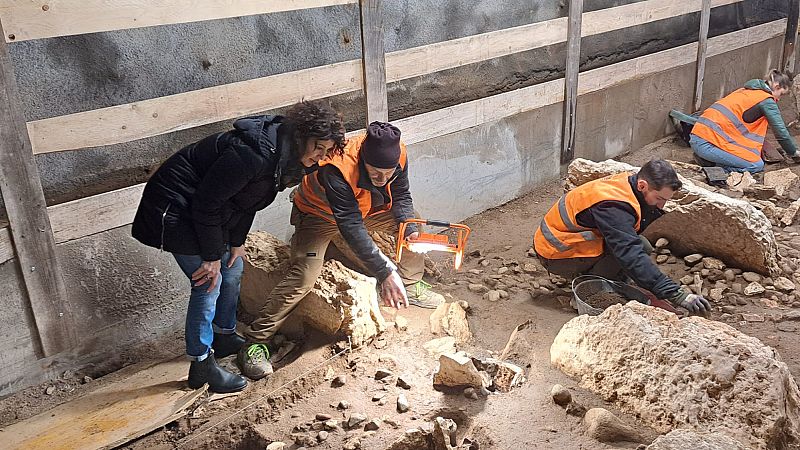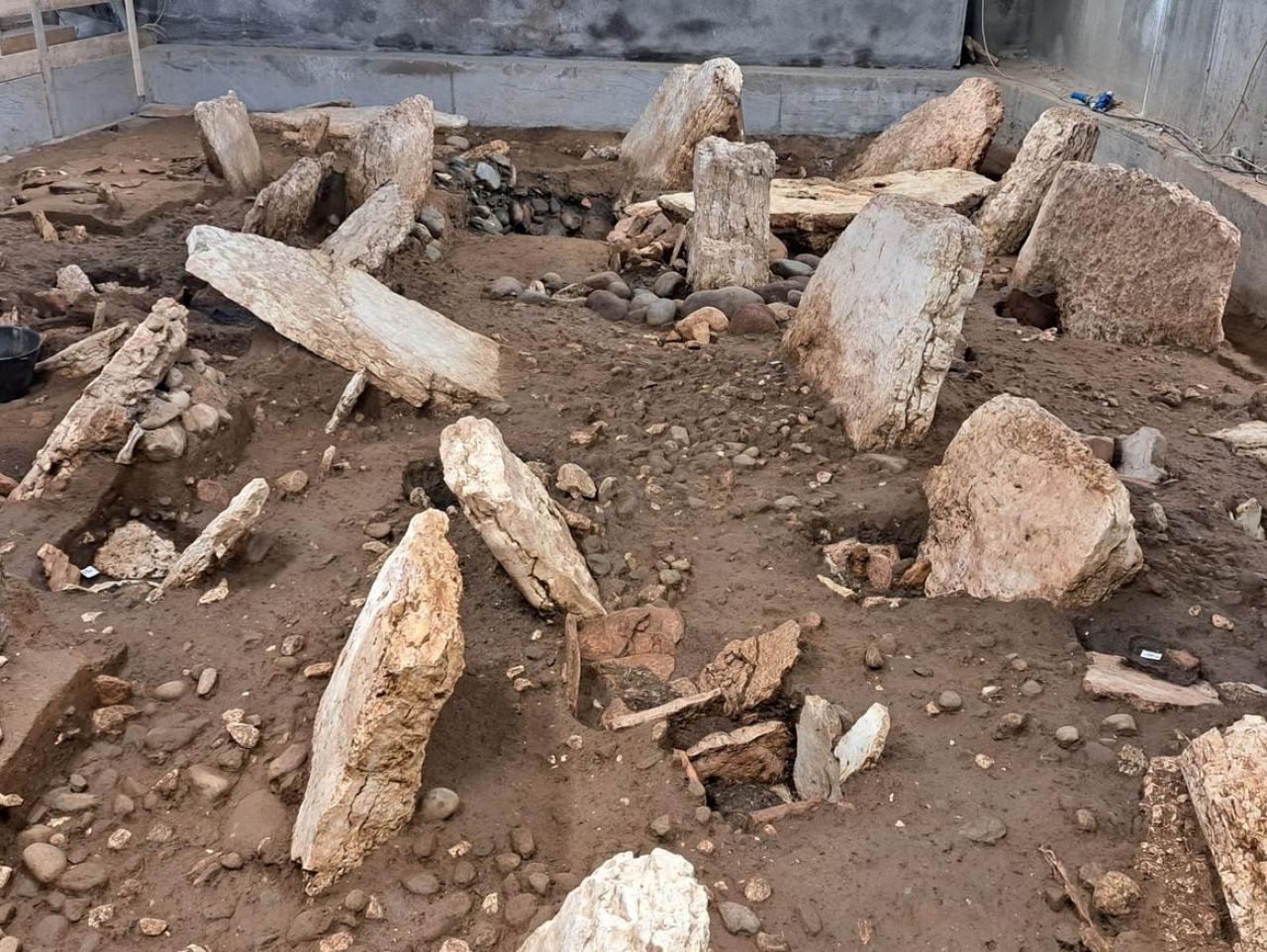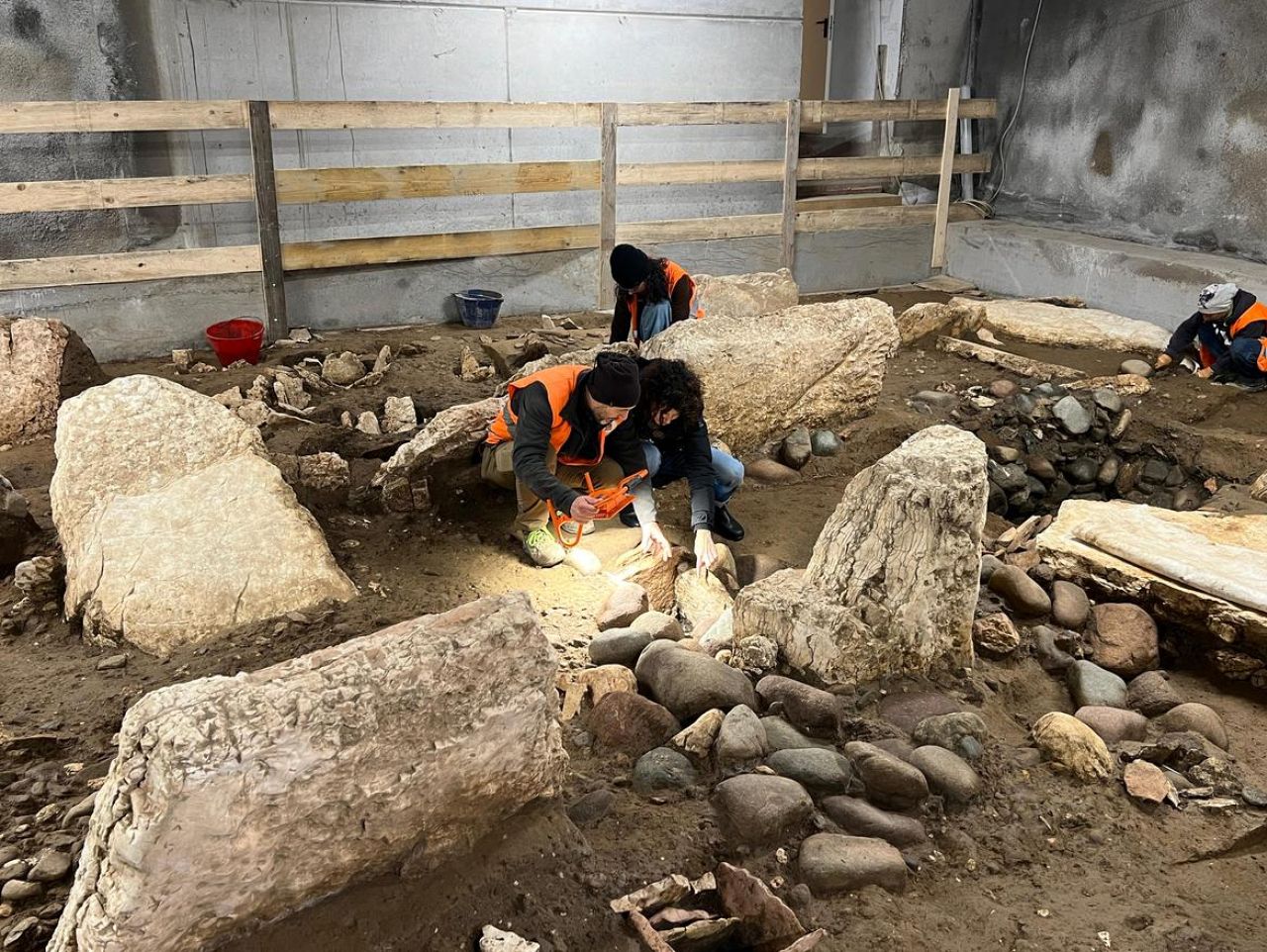‘Monumental’ pre-Roman necropolis uncovered in northern Italy

Archaeologists in Trento have discovered a monumental necropolis dating to the pre-Roman Iron Age (500 BCE-1 BCE), revealing at least 200 tombs, some containing ornate funerary items. The burial site, found during restoration work on a historic building, is believed to offer crucial insights into the region's early history.
According to Francesca Gerosa, Vice President and Provincial Councillor for Culture in Trento, the find “shows us a new history of the city”.
“It is more than just a Roman city,” she said in a statement shared by the provincial government, also noting that uncovering this piece of history is essential for preserving the region's rich cultural roots.
The discovery, made by the city's archaeological heritage office, includes cremated remains and "grave goods" – metal weapons, glass and amber jewellery, and decorative objects – suggesting both high social status and cultural links with other Italian groups. Some tombs even contain fibres from the fabric used to wrap the deceased, providing a snapshot of the community's burial practices.
“We have the possibility of recognising the elite of a society that was evidently settled in the Trento basin,” Franco Marzatico, the excavation superintendent, said. He highlighted that the burial rituals – and the objects buried with the dead – can reveal power and status, offering a unique window into ancient social hierarchies.
The site is particularly significant due to the presence of tall limestone pillars, known as funerary steles, up to 2.4 metres in height. These steles were arranged vertically to indicate the site's main tombs, with a "dense concentration of satellite tombs" developing over time.
Thanks to prehistoric flooding, which helped preserve the site by sealing it in sediment, the necropolis has remained largely intact for over two millennia.
“The Iron Age is a period of profound transformations from a historical-cultural point of view throughout the Mediterranean, in the Alpine arc and beyond the Alps. The great civilisations of the Etruscans, Phoenicians, Greeks and Celts flourished. [...] The Alpine peoples were not isolated,” Marzatico explained the dynamic historical context of the necropolis.
Today



